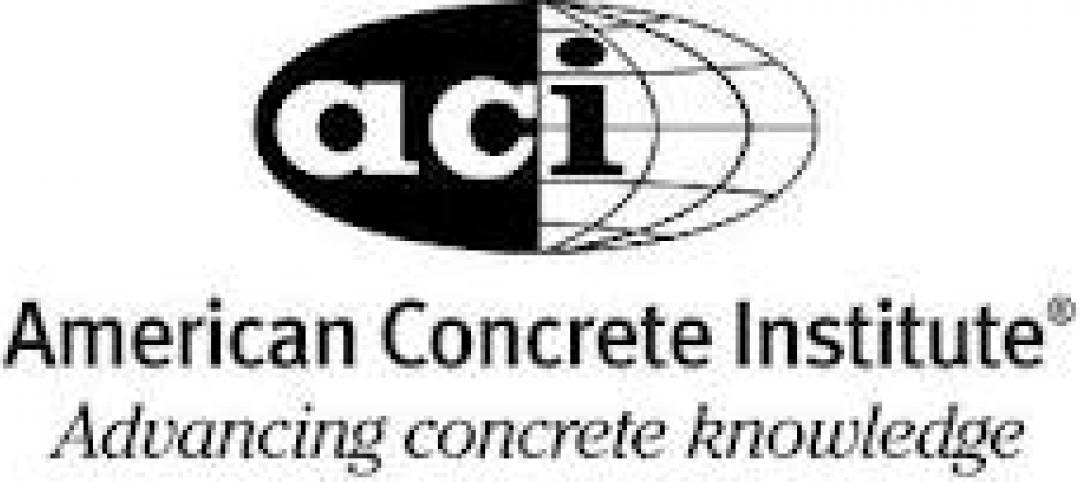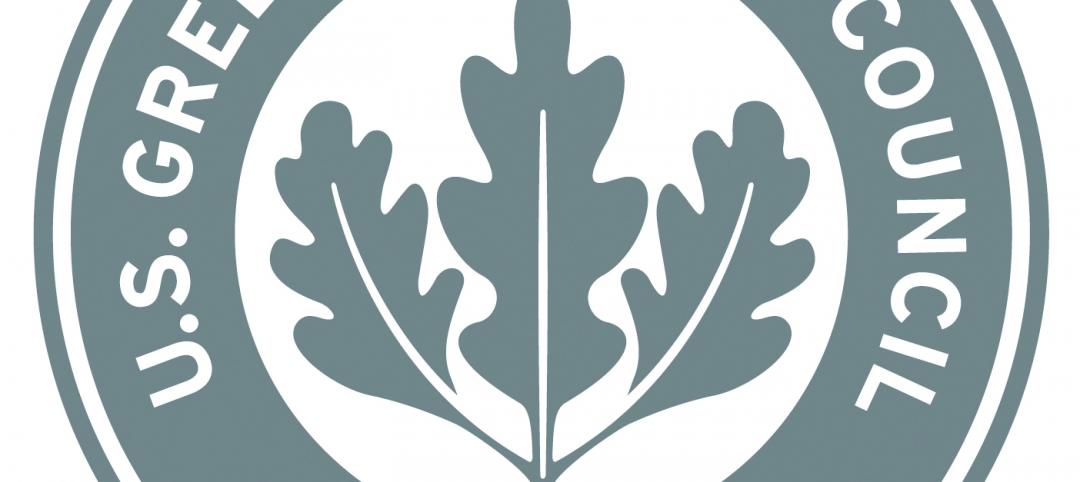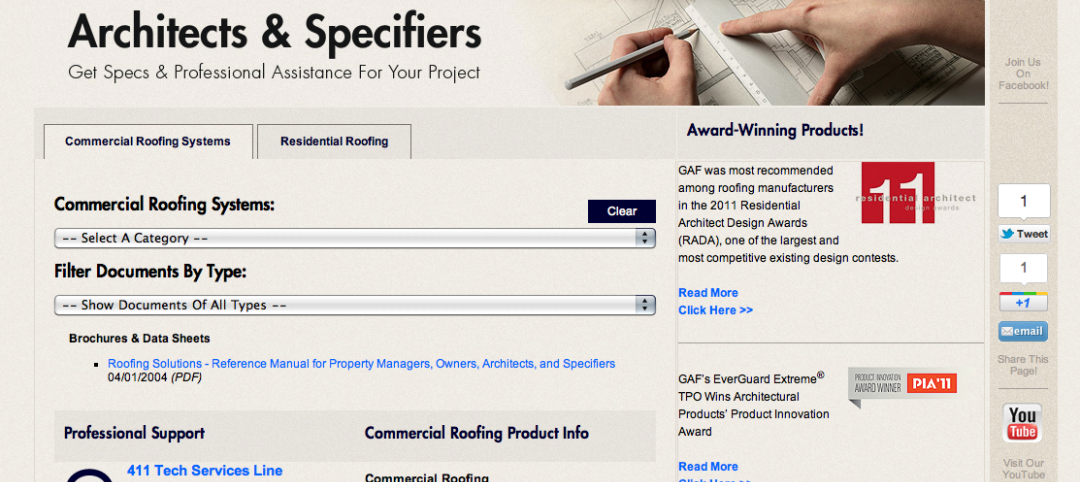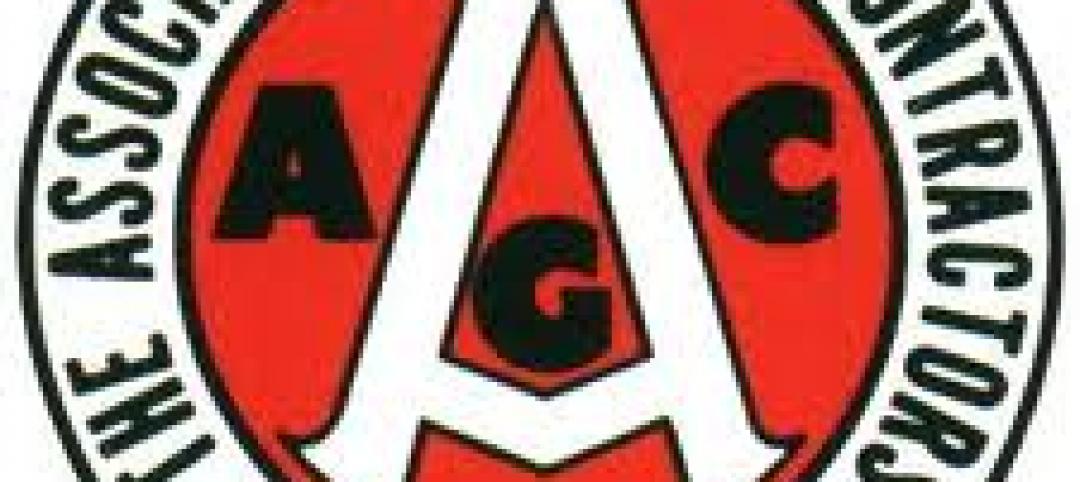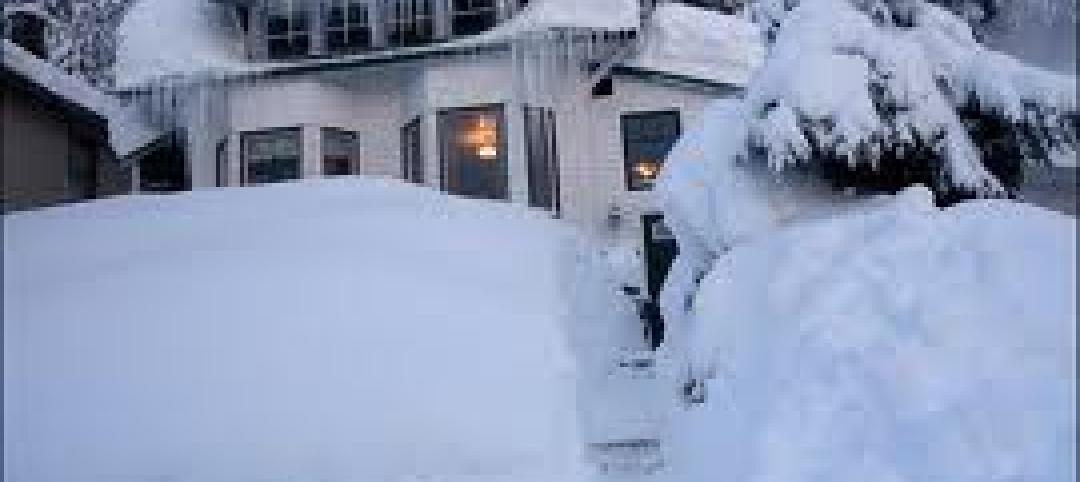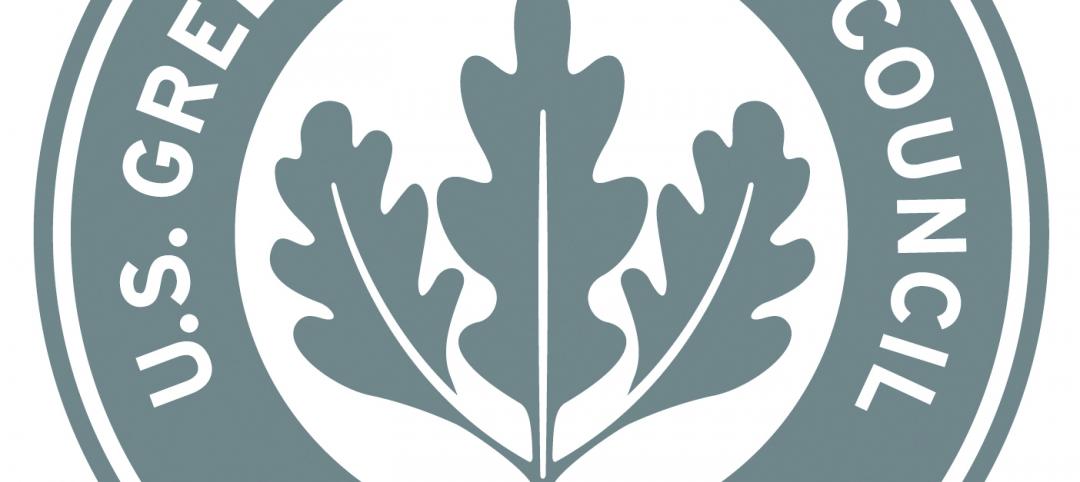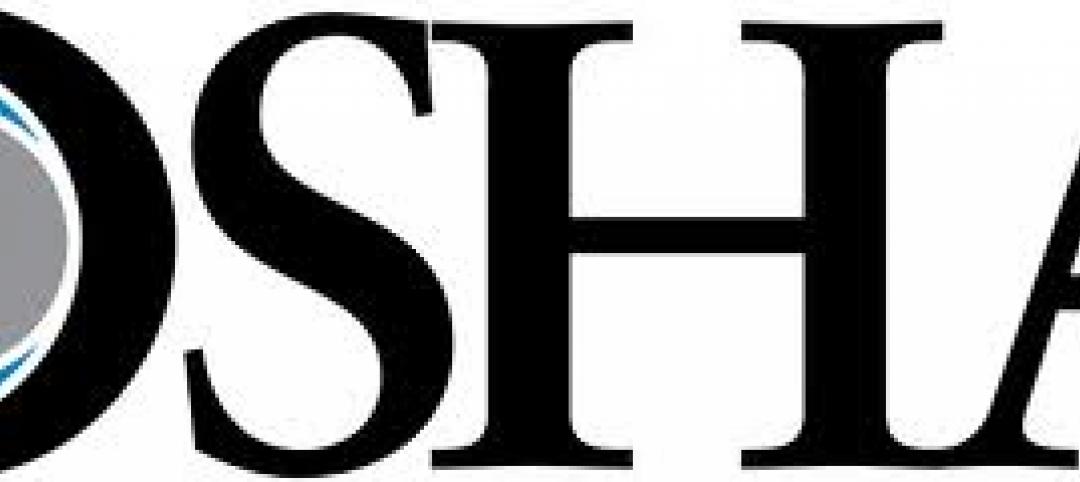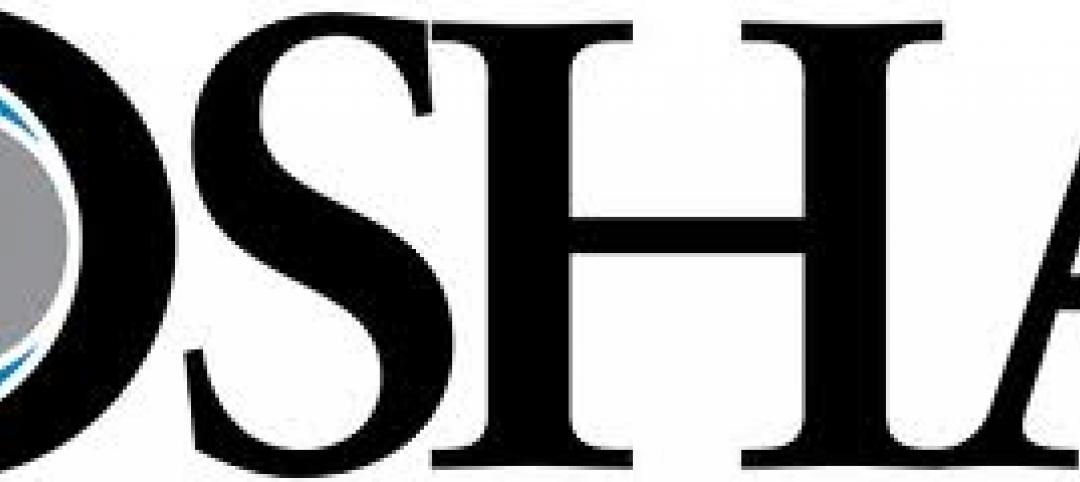Energy efficiency upgrades in multifamily properties offer benefits to residents including lower utility bills, but some of the materials used in these projects to better insulate buildings can create health hazards.
A new report by Energy Efficiency for All (EEFA)—Making Affordable Multifamily Housing More Energy Efficient: A Guide to Healthier Upgrade Materials—offers a comprehensive guide for builders and policymakers in the use of readily available, healthier insulation and sealing materials. It includes policy frameworks to accelerate these materials’ adoption and improve air quality.
Currently, contractors and building owners are most focused on boosting efficiency performance levels of insulation and air sealing specifications with less consideration for the potential air quality impact of materials such as spray foam and modified polymer and polyurethane sealants. These materials commonly contain isocyanates, flame retardants, and phthalates that have been linked to health problems.
There are opportunities to promote healthier retrofit materials through green standards, but a broad industry discussion is needed to build consensus around a common approach, according to an article at the Natural Resources Defense Council. The Low-Income Housing Tax Credit, the most common financing source for building, renovating, and retrofitting affordable multifamily housing, for example, is a key driver in materials decisions. It could be used to promote the use of healthier insulating materials.
Related Stories
| Feb 22, 2012
ACI BIM manual for cast-in-place concrete in development
The improved communication, coordination, and collaboration afforded by BIM implementation have already been shown to save time and money in projects.
| Feb 20, 2012
Comment period for update to USGBC's LEED Green Building Program now open
This third draft of LEED has been refined to address technical stringency and rigor, measurement and performance tools, and an enhanced user experience.
| Feb 20, 2012
GAF introduces web portal for architects and specifiers
The new portal offers a clean look with minimal clutter to make it easier to find the technical information and product data that architects need.
| Feb 17, 2012
AGC advocates for federal procurement reform
Ensure that small business goals take into consideration actual small business capacity in relevant specialty markets.
| Feb 17, 2012
Codes not to blame for Anchorage roof collapses following heavy snows
Design or construction problems likely contributed to the collapses, according to city officials.
| Feb 17, 2012
Comment period opens March 1 for LEED 2012 update
USGBC says that LEED's strength comes from its continuous evolution.
| Feb 17, 2012
OSHA training videos on proper respirator use available online
17 short videos to help workers learn about the proper use of respirators on the job.
| Feb 17, 2012
Union/employer collaboration on the rise aimed at exceeding OSHA safety standards
Unions have learned to help employers win contracts with bids made competitive through good safety practices.
| Feb 16, 2012
Gain greater agility and profitability with ArchiCAD BIM software
White paper was written with the sole purpose of providing accurate, reliable information about critical issues related to BIM and what ArchiCAD with advanced technology such as the GRAPHISOFT BIM Server provide as an answer to address these issues.



